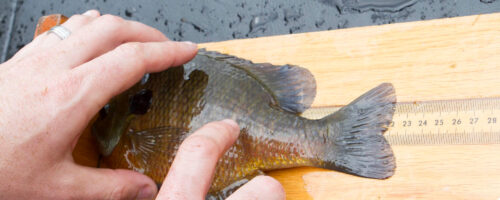Anyone who’s been through even one calving season has most likely dealt with calving difficulty. Dystocia is the eight-dollar word for calving difficulty, and it’s the biggest cause of calf death loss at birth. It can be minimized by managing things like genetics and nutrition, but once the calving season is upon us, those things are in the past. Now the focus becomes observation and possible intervention. Being prepared to provide assistance is critical. It’s been estimated that timely and appropriate intervention can save up to 70 percent of calves that otherwise would die due to dystocia. It’s also just as important to know when not to intervene, and just let the process play out uninterrupted. The key is experience and knowing the normal sequence of events up to and through calving. It will vary tremendously between individual cows. It’s also important to know the limits of our abilities and when to call professional help. In fact, part of your preparation should be to develop a plan of action with your veterinarian. This article is meant to be general in nature and simply serve as a refresher of what to look for during calving. Remember, these signs are extremely variable, and may go completely unnoticed.
As calving approaches
Two weeks or more out:
- udder fills out, “makes a bag.” Can be even more gradual in first-calf heifers;
- vulva will noticeably relax and enlarge, “springing”;
- cervical or mucous plug may dislodge and be excreted.
12 to 24 hours out:
- pelvic ligaments will relax, resulting in “lank” appearance around tail and pins.
12 hours out:
- possible behavioral changes; trying to isolate herself, not coming to feed, etc.
At calving
The calving process itself is divided into three stages.
- Stage one – Starts when the cervix begins to dilate in preparation for delivery; may begin to have minor contractions, but often go unnoticed; may isolate herself; and show signs of discomfort like tail switching, licking her side, stomping her feet; may elevate tail; and increased mucous discharge. Although stage one may precede the birth of the calf by four to 24 hours, it’s common to check things out when the cow has been in stage one for more than eight hours without progressing to stage two.
- Stage two – Begins when the membranes and fetus move into the birth canal and ends after the calf is born. Contractions provide the force necessary to deliver the calf. In a normal birth, the first water bag appears and/or ruptures, then comes the amnion (fetal sac) or, if it ruptures internally, the front feet (hooves down) followed quickly by the calf’s muzzle and head. Any other presentation of the calf is not normal and should be investigated.
- Contractions grow in intensity and frequency, the rest of the calf is pushed through the pelvic canal, and delivery is complete. A generally accepted length for stage two is two to four hours from when the first water bag appears or breaks; for cows, usually less than two hours; for heifers, less than four hours. Work at Oklahoma State University and the USDA station at Miles City, Montana, indicates these times should be shortened to 60 to 90 minutes for heifers and 30 to 60 minutes for cows. At the very most, then, intervention should be considered if the calf is not born within two hours after the first water bag appears. After intervening, if no progress is made in 30 minutes, consider calling the veterinarian.
- Stage 3 – Expulsion of the afterbirth, usually naturally within eight hours.
Given the time frame of a normal birth, the most logical frequency to check the herd during calving to catch most of the potential problems would be at least every three hours. Remember, no cow is going to follow this series of events to the letter. One may “make a bag” six weeks before calving; another may simply come to feed one morning with a newborn calf. The key is being prepared, knowing what is normal and what is abnormal and providing appropriate assistance when necessary.


Comment